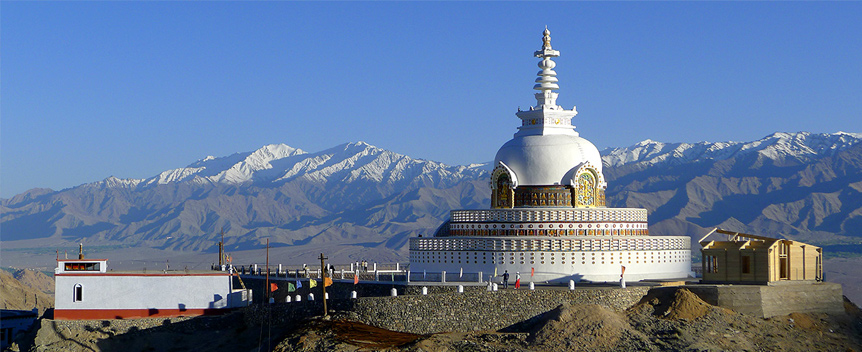Barun Valley is a Himalayan valley arranged at the base of Mt. Makalu in the Sankhuwasabha locale Nepal. This valley lies totally inside the Makalu Barun National Park.
Barun Valley gives staggering differences, where high waterfalls course into profound crevasses, rocky rocks ascend from rich green woods, and vivid blossoms sprout underneath white snow crests. This exceptional scene shields a portion of the keep going immaculate mountain biological communities on earth. Uncommon types of creatures and plants prosper in various atmospheres and environments, moderately undisturbed by mankind.
History
The valley was made by the Barun River which turns into an ice sheet in winter. The stream is known as Chukchuwa in the neighborhood indigenous Kirat dialect. Examine has demonstrated that this place was initially occupied by Mewahang, Yamfu and Kulung Kirat-Rais hundreds of years back.
In the antiquated religious Buddhist books, seven Beyul ( Nghe-Beyul Khimpalung) arranged in the Himalayan area are portrayed as enchanted and breathtakingly lovely evergreen spots where nobody gets old. It is informed that, if there should be an occurrence of awesome disaster, life will stay just in these seven zones of the world. In those books one of the Beyul is said to be arranged some place at this Makalu-Barun area.
Places
All the zone of this valley is uninhabited. It is for the most part secured by meadow (Kharka). In the late spring, some brief camps are made. Recorded beneath are the names of these outdoors districts.
Mumbuk
Yangle Kharka
Nghe
Ripuk
Tadaso
Yak Kharka
Langmale
Merek
Shershon
Flora and Fauna
Barun Valley moves from Eastern Himalayan broadleaf woodlands at low heights through Eastern Himalayan subalpine conifer forestsand into Eastern Himalayan elevated bush and knolls.
Perceived for its colossal differing qualities of plants, creatures and individuals, the zone contains more than 3,000 types of blooming plants, including 25 types of rhododendron, 47 sorts of orchids, and 56 uncommon plants. 440 types of feathered creatures, and 75 types of warm blooded animals, including the imperiled blurred panther (Snow panther), red panda, musk deer, wild pig, have been recorded.
This striking biodiversity is thought to be of worldwide importance, and gives a living lab to universal logical research. The Barun Valley is a piece of a gigantic global secured range under an understanding amongst Nepal and China.
Plants like Swertia Barunensis (4200m) and Potentilla Makaluensis (4000 m) nomenclatured under the name of stream Barun and Mt. Makalu are discovered just here in the whole world. 87 himalayan therapeutic herbs including Yarsa Gumba and Panch Aule are found here. Panch Aule is a fingered root plant (five fingers max) where fingers demonstrate the age of the plant in year.
The trek
This valley lies along the trekking course to Makalu Base Camp. This to some degree troublesome yet greatly compensating trek offers a genuine wild involvement in the rough uninhabited landscape of Makalu-Barun National Park. Since there are no cabins above Tashigaon one needs to take outdoors apparatus and enough nourishment and fuel for no less than two weeks. The utilization of a neighborhood guide is emphatically suggested, as the trails are difficult to take after.
Different Attractions
1. Shiva Dhara
This domelike surrender, around 500 feet high, has an expansive waterfall leaving its stone rooftop. The waterfall is viewed as a standout amongst the most sacrosanct tape of Lord Shiva. To get to this place one needs to climb a to a great degree hazardous precipice with the assistance of local people, which will take around three to four hours.
2. Tadasho
This is a huge stone precipice which has a gap in its face, and through which a waterfall falls. Nearby legend has it that a dim lake lay on the precipice, which bafflingly brought on the passings of numerous Tibetan evacuees after sunset. A Buddhist minister by the name of Rinpoche broke the precipice with his Tadasho, to crush the lake and spare the lives of the Tibetan displaced people.


Post a Comment